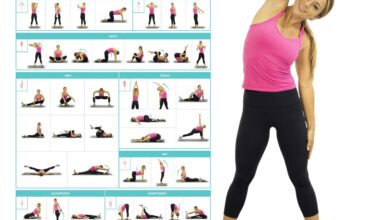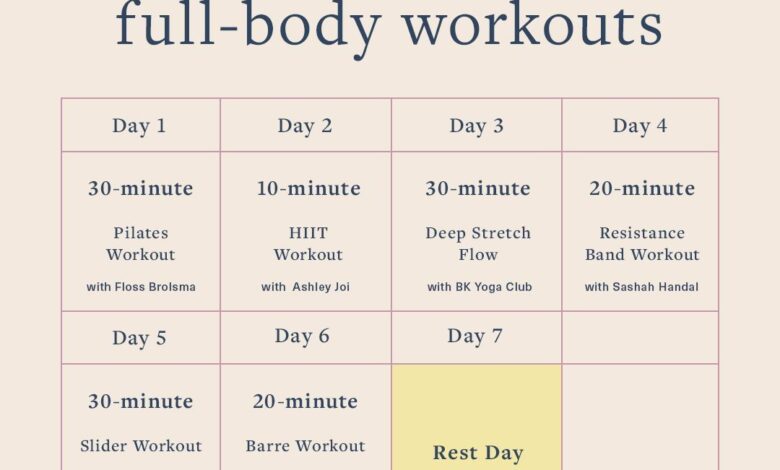
Your Quick & Easy 1 Week Core Workout Guide
Your quick and easy 1 week core workout guide – Ready to strengthen your core and unlock a new level of fitness? This one-week core workout guide is designed for beginners and seasoned exercisers alike, offering a simple yet effective plan to build a stronger, more stable core. Forget about complicated routines and confusing jargon – this guide provides clear instructions, modifications, and visual aids to help you achieve your goals.
We’ll explore the importance of core strength, its impact on daily life, and how this workout plan can be a springboard for your fitness journey. We’ll also delve into proper form, rest and recovery, nutrition, and how to progress as you get stronger.
So, let’s dive in and discover the power of a strong core!
Introduction
A strong core is the foundation of a healthy and functional body. It’s not just about having a six-pack; it’s about supporting your spine, improving posture, and enhancing your ability to perform everyday activities with ease. This one-week core workout plan is designed to be a great starting point for beginners or those looking to strengthen their core muscles.
It’s quick and easy to follow, requiring minimal equipment and can be done at home.
Benefits of a Strong Core
A strong core offers numerous benefits for your overall health and fitness:
- Improved Posture:Strong core muscles help maintain proper alignment of your spine, reducing back pain and improving posture.
- Enhanced Stability:Your core muscles act as a natural corset, providing stability to your entire body, especially during physical activity.
- Increased Power and Performance:A strong core helps generate power and force for various activities, including running, jumping, and lifting.
- Reduced Risk of Injury:A strong core can help prevent injuries by supporting your spine and protecting it from stress.
- Improved Balance and Coordination:Core muscles play a crucial role in maintaining balance and coordination, reducing the risk of falls.
Workout Plan Overview
This week-long core workout plan is designed to be quick and easy, focusing on engaging your core muscles effectively. It includes three workout days, allowing for rest days in between to aid recovery and muscle growth.
Workout Schedule
The workout schedule is structured to ensure adequate rest and recovery between sessions. Here’s a breakdown:
- Day 1:Core Workout
- Day 2:Rest
- Day 3:Rest
- Day 4:Core Workout
- Day 5:Rest
- Day 6:Core Workout
- Day 7:Rest
Exercises
The exercises in this plan target various core muscle groups, including the rectus abdominis, obliques, and transverse abdominis. Here are some examples:
- Plank:This isometric exercise engages all core muscles, including the shoulders, back, and glutes.
Hold a plank position with your forearms on the ground, body in a straight line from head to heels, engaging your core.
- Crunches:Crunches primarily target the upper abdominal muscles.
Lie on your back with knees bent and feet flat on the ground. Place your hands behind your head and lift your upper body towards your knees, focusing on contracting your abdominal muscles.
- Russian Twists:This exercise works the obliques and targets the sides of your core.
Sit on the floor with your knees bent and feet off the ground. Lean back slightly and twist your torso from side to side, keeping your core engaged.
- Leg Raises:Leg raises effectively engage the lower abdominal muscles.
Lie on your back with your legs straight and arms by your sides. Raise your legs towards the ceiling, keeping them straight and your core engaged.
- Bird Dog:This exercise improves core stability and balance.
Start on your hands and knees. Extend one arm forward and the opposite leg backward, keeping your back straight and core engaged.
Proper Form and Technique
Maintaining proper form and technique during each exercise is crucial for maximizing results and minimizing the risk of injury. Here are some general guidelines:
- Engage your core:Throughout each exercise, focus on contracting your abdominal muscles and keeping your core tight. This will help stabilize your body and prevent strain on your back.
- Maintain a neutral spine:Avoid arching your back or rounding your shoulders. Keep your spine in a natural alignment.
- Control your movements:Perform each exercise with slow, controlled movements. Avoid jerky or sudden movements.
- Listen to your body:If you feel any pain, stop the exercise immediately.
Day 2: Core Stability: Your Quick And Easy 1 Week Core Workout Guide
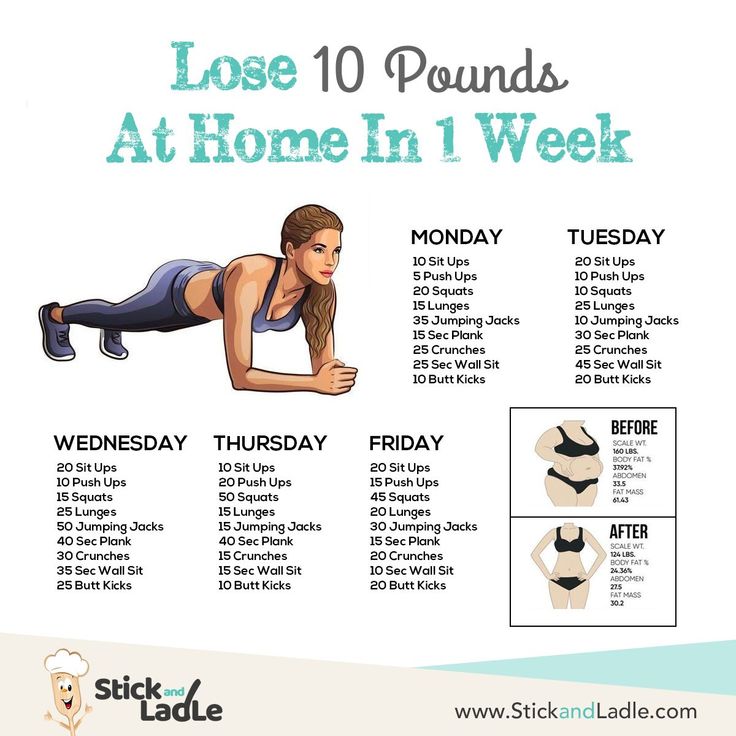
This workout focuses on strengthening your core muscles, which are essential for maintaining good posture, preventing injuries, and improving overall fitness. We’ll be focusing on exercises that engage multiple muscle groups in your core, including your abs, obliques, and lower back.
Bird Dog
The Bird Dog is an excellent exercise for strengthening your core and improving balance. It requires you to stabilize your body while moving your limbs, engaging your core muscles to maintain control.Here’s how to perform the Bird Dog correctly:
- Start on your hands and knees, with your knees hip-width apart and your hands shoulder-width apart. Your back should be flat, and your core should be engaged.
- Extend your right arm forward and your left leg back, keeping your back straight and your core engaged.
- Hold this position for a few seconds, then return to the starting position. Repeat on the other side.
Important Tips:
Keep your core engaged throughout the exercise to avoid arching your back.
Maintain a slow and controlled movement throughout the exercise.
Focus on maintaining a straight line from your head to your heels.
Sets and Reps:Perform 3 sets of 10-12 repetitions on each side.
Dead Bug
The Dead Bug is another great exercise for strengthening your core and improving stability. It helps to isolate your core muscles, making them work harder to control your body.Here’s how to perform the Dead Bug correctly:
- Lie on your back with your knees bent and your feet flat on the floor. Your arms should be extended towards the ceiling, perpendicular to your body.
- Engage your core muscles and lift your head and shoulders off the ground, keeping your back flat.
- Slowly extend your right arm and left leg, keeping your back flat and your core engaged.
- Hold this position for a few seconds, then return to the starting position. Repeat on the other side.
Important Tips:
Keep your core engaged throughout the exercise to avoid arching your back.
Maintain a slow and controlled movement throughout the exercise.
Focus on keeping your back flat and your core engaged.
Sets and Reps:Perform 3 sets of 10-12 repetitions on each side.
Hollow Body Hold
The Hollow Body Hold is a challenging exercise that requires a strong core to maintain the position. It helps to strengthen your entire core, including your abs, obliques, and lower back.Here’s how to perform the Hollow Body Hold correctly:
- Lie on your back with your knees bent and your feet flat on the floor.
- Engage your core muscles and lift your head and shoulders off the ground, keeping your back flat.
- Extend your legs out in front of you, keeping your knees slightly bent.
- Raise your arms overhead, keeping them straight and parallel to the floor.
- Hold this position for as long as you can, maintaining a flat back and engaged core.
Important Tips:
Keep your core engaged throughout the exercise to avoid arching your back.
Maintain a slow and controlled movement throughout the exercise.
Focus on keeping your back flat and your core engaged.
Sets and Reps:Hold the position for 30-60 seconds, working up to longer holds as you get stronger.
Day 3: Core Power
Get ready to challenge your core strength and endurance with today’s workout. We’ll be focusing on exercises that build explosive power and stability, crucial for activities like sprinting, jumping, and even everyday movements.
Mountain Climbers
This dynamic exercise engages your entire core, improving stability and cardiovascular fitness.
- Start in a plank position, with your hands shoulder-width apart and your body forming a straight line from head to heels.
- Engage your core and draw your belly button towards your spine.
- Bring one knee towards your chest, keeping your back straight.
- Quickly switch legs, bringing the other knee towards your chest.
- Continue alternating legs in a rapid, fluid motion, maintaining a stable core.
Modifications:
- Beginner:Perform the exercise at a slower pace, focusing on controlled movements.
- Advanced:Increase the speed and intensity by adding a small jump as you switch legs.
Sets and Reps:3 sets of 30 seconds, with a 30-second rest between sets.
Medicine Ball Slams
Medicine ball slams are a powerful exercise that targets your core, shoulders, and back. They require coordination and control for proper execution.
I know, working out can feel like a chore, but trust me, it’s worth it! My quick and easy 1 week core workout guide is designed to fit into even the busiest schedules. Plus, did you know that exercise helps your memory as you age ?
So, not only will you be building a strong core, but you’ll also be giving your brain a boost. This guide is perfect for anyone looking for a simple and effective way to improve their fitness and overall health.
- Stand with your feet shoulder-width apart, holding a medicine ball with both hands.
- Engage your core and hinge at your hips, lowering the ball towards the ground.
- Explosively extend your hips and throw the ball towards the ground in front of you.
Looking for a way to tone your core in just a week? My quick and easy 1 week core workout guide is designed to help you achieve your fitness goals, just like Danielle did when she put herself first and dropped 50 pounds.
With a focus on effective exercises and a manageable schedule, this guide can help you strengthen your core and feel more confident in your body. So, what are you waiting for? Let’s get started!
- Catch the ball as it rebounds, absorbing the impact with your core.
- Repeat the movement, maintaining a controlled and powerful motion.
Modifications:
- Beginner:Use a lighter medicine ball and focus on controlled movements.
- Advanced:Increase the weight of the medicine ball and add a small jump as you throw the ball.
Sets and Reps:3 sets of 10 repetitions, with a 30-second rest between sets.
Standing Anti-Rotation Presses, Your quick and easy 1 week core workout guide
This exercise challenges your core’s ability to resist rotational forces, improving stability and preventing injuries.
- Stand with your feet shoulder-width apart, holding a weight in one hand.
- Engage your core and keep your body upright.
- Slowly press the weight overhead, maintaining a straight line from your shoulder to your hand.
- Lower the weight back to the starting position, resisting any twisting or rotation in your torso.
- Repeat the movement on the other side.
Modifications:
- Beginner:Use a lighter weight and focus on maintaining a stable core.
- Advanced:Increase the weight and add a slight twist to the movement, challenging your core’s ability to resist rotation.
Sets and Reps:3 sets of 10 repetitions on each side, with a 30-second rest between sets.
Ready to sculpt your core in just a week? My quick and easy guide will have you feeling strong and confident. But let’s be real, sometimes we turn to food for comfort when we’re feeling stressed or down. If you’re struggling with emotional eating, check out this amazing article on 5 ways to overcome emotional eating.
Once you’ve got a handle on those emotional triggers, you’ll be ready to tackle my core workout guide with even more focus and energy.
Nutrition for Core Strength
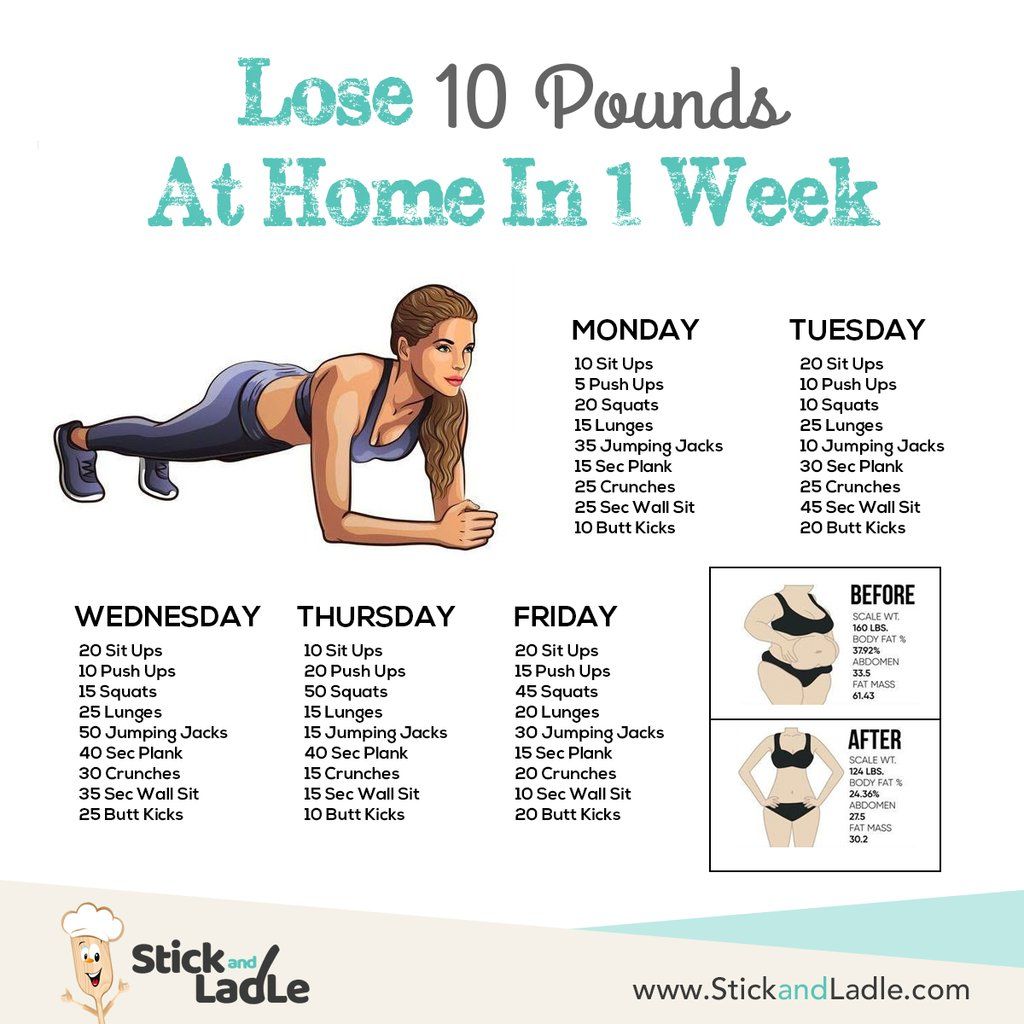
A balanced diet is crucial for building and maintaining a strong core. Providing your body with the necessary nutrients fuels muscle growth, recovery, and overall health.
Importance of a Balanced Diet
A balanced diet provides your body with the essential nutrients needed for muscle growth and repair, energy production, and overall health. This is especially important for core strength, as the muscles in your abdomen, back, and pelvis are constantly working to stabilize your body.
Protein Intake for Core Strength
Protein is the building block of muscle tissue. Consuming adequate protein helps repair muscle fibers damaged during exercise and promotes muscle growth. Aim for 0.8 grams of protein per kilogram of body weight per day. Good sources of protein include:
- Lean meats (chicken, turkey, fish)
- Eggs
- Dairy products (milk, yogurt, cheese)
- Legumes (beans, lentils)
- Tofu
Carbohydrates for Energy
Carbohydrates are your body’s primary source of energy. They provide fuel for your workouts and help replenish glycogen stores in your muscles, which are depleted during exercise. Focus on consuming complex carbohydrates, which are digested more slowly and provide sustained energy.
Good sources of complex carbohydrates include:
- Whole grains (brown rice, quinoa, oats)
- Fruits
- Vegetables
Healthy Fats for Muscle Growth
Healthy fats are essential for hormone production, cell function, and absorption of certain vitamins. They also play a role in muscle growth and repair. Include healthy fats in your diet, such as:
- Avocado
- Nuts and seeds
- Olive oil
- Fatty fish (salmon, tuna, mackerel)
Hydration for Recovery and Performance
Water is essential for optimal performance and recovery. It helps regulate body temperature, transports nutrients, and removes waste products. Dehydration can lead to fatigue, muscle cramps, and decreased performance. Aim to drink plenty of water throughout the day, especially before, during, and after exercise.
Final Thoughts
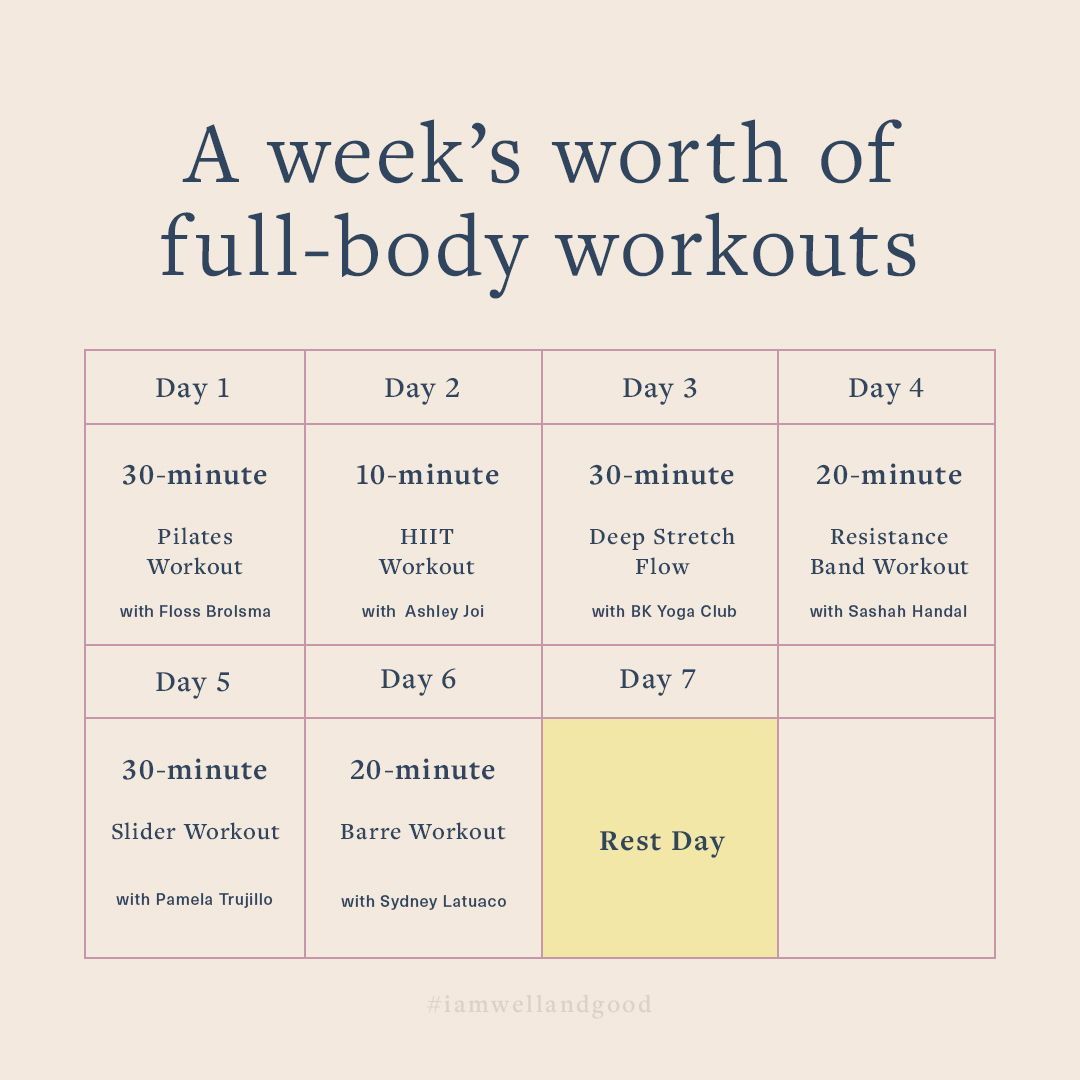
By following this one-week core workout guide, you’ll not only build a stronger core but also experience improved posture, increased stability, and a greater sense of overall well-being. Remember, consistency is key! Stay committed to this plan, listen to your body, and don’t be afraid to adjust the exercises or intensity as needed.
You’ve got this!

